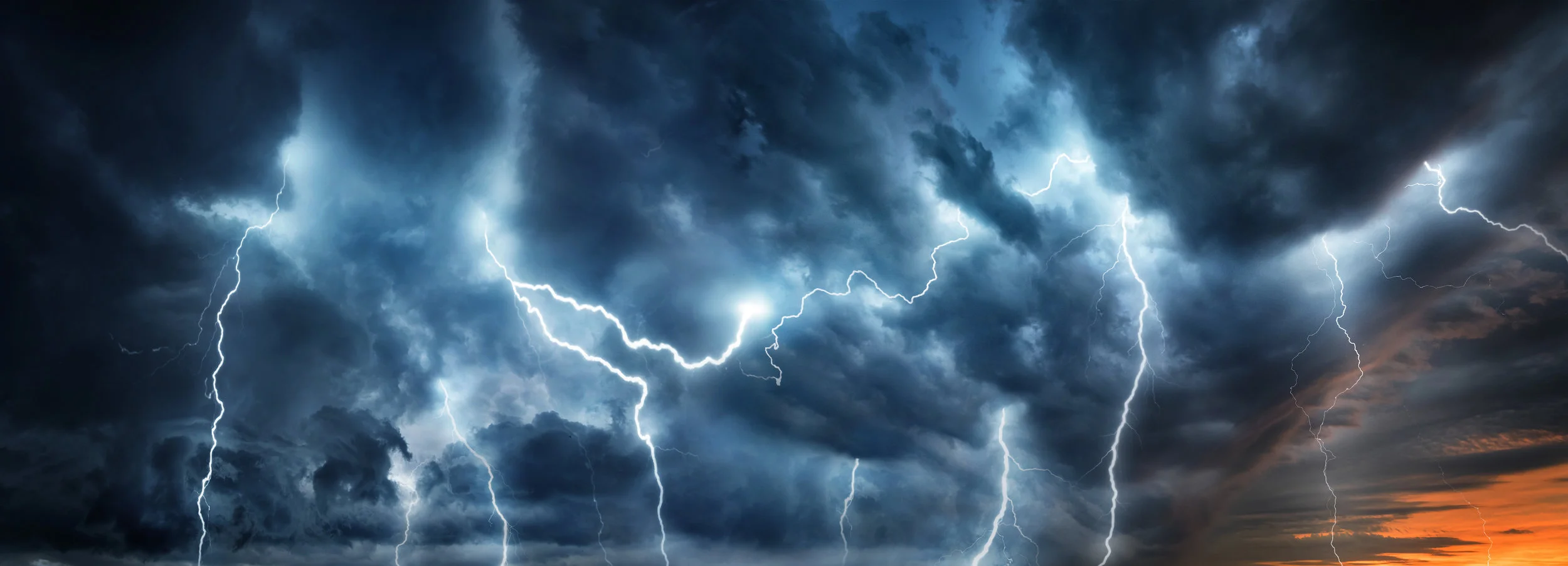by Fr Gabriel-Allan Boyd
No, we’re not talking about Thor. And even though it sounds like the kind of name some rock star might take for himself, we’re not talking about that either. Today, on September 26th we commemorate the Apostle John…one of Jesus’ Twelve Apostles. He’s known by lots of different names—John, the son of Thunder, the Evangelist, Jesus’ Beloved Disciple, John of Patmos, John the Revelator and John the Elder.
Zebedee and Salome were John’s parents. It’s believed that John’s father, Zebedee ran a rather large fishing business in Galilee, maintaining a number of resources and employing a fairly large labor force. As a wealthy Jewish man, he would have been a substantial contributor to his local synagogue, and thus, was seen as a significant member of the Jewish community. John’s mother, Salome, was one of the women who used her possessions to help support Jesus’ ministry.
In his younger years, before becoming a disciple of Jesus, he was a follower of John the Baptist. However, when John the Baptist pointed out Christ as “the Lamb of God Who takes away the sins of the world,” he and his friend, “Andrew the First-Called,” dropped everything to find out what this “Lamb of God,” Jesus was teaching. Later, after a successful catch of fish in the Sea of Galilee, (as we heard in last Sunday’s Gospel Reading), Jesus called both John and his brother James to follow Him into ministry. He and Peter and James, became part of Jesus inner circle of three men…invited to be with Him during some of the most important and triumphant times of His earthly life, like the Transfiguration. Of those three, John actually became Jesus’ closest friend…hence the name, the Beloved Disciple.
Of course, just like all of the rest of us, Saint John also had his own struggles with spiritual immaturity along the way. He was filled with so much zeal for the Lord, that he was easily angered at those who opposed Jesus or who were indifferent toward His message. At one point he even asked the Lord’s permission to call down fire from heaven to consume the residents of a Samarian town who rejected His message. This is why Jesus nicknamed, both John and his brother James, “Sons of Thunder.”
At the crucifixion, however, Jesus even put John in charge of caring for His mother, Mary, saying, “Behold your mother.” It was as though John had become His adopted brother, sharing in this family responsibility. Obeying the Lord’s command, John brought the Holy Virgin Mary to his own home in Ephesus, and cared for her from that point on, as though she were his very own mother. While she remained alive, he never left her side, only leaving to preach in other lands after her death.
The Apostle, Evangelist, and Theologian, John, is the author of five books in the New Testament—the “Gospel of John”; the three universal Epistles of John (“1st, 2nd, & 3rd John”); and the “Book of Revelation.”
By the time of Emperor Domitian (81-96 AD), the elderly Apostle John was now the only surviving Apostle. So, Domitian brought him to Rome and ordered him to be thrown into a cauldron of boiling oil. Miraculously, just as God had once saved the three Old Testament youths from the fiery furnace, God also kept John from being harmed. Frustrated by this, Domitian then exiled John to the desert island of Patmos. Here, John wrote the book of Revelations (also known as the Apocalypse), hence the name, John the Revelator.
After Domitian’s death, the Apostle John was able to leave his exile in Patmos to return to the city of Ephesus, in the south-western part of what is now Turkey. The Bishops and priests of the Ephesian Church showed John three different Gospel accounts about Jesus’ life and teachings, by Matthew, Mark and Luke. Each of these had been written decades earlier and were being circulated throughout the Church. Although the Apostle, John, was glad to see these Gospels in circulation, he felt it was necessary to supplement them with some of the details with which he was more familiar…since he was the last of the living eyewitnesses. John felt that it was especially important for him to give his own account, since toward the end of the first century some popular Gnostic groups began spreading the heresy that Jesus’ wasn’t actually God. They insisted that Christ didn’t exist at any time before Mary bore Him into the world. So, it was vital that John write his Gospel to protect the faithful from that false teaching. That’s why, in the very first verses of his Gospel, John authoritatively asserted Jesus pre-existence as the God who created the universe. “In the beginning was the Word, and the Word was with God, and the Word was God. He was there in the beginning with God. All things were made through Him and nothing was made without Him. In Him was life, and the life was the light of men. …And the Word became flesh and dwelt among us” (John, chapter 1). When compared with the first three Gospels, this was a very different and much more dynamic way of speaking about Jesus.
The first three Gospels (Matthew, Mark & Luke) were written for the sake of converting both Pagans and Jews of that era to Christianity, and so each took on a particular emphasis. John, however, went further in his Gospel to explain in greater detail the meaning of Jesus’ sermons. He offered these explanations so that even the most learned, Jewish scribes could fathom the most profound and timeless truths of faith. He wrote about the Son of God who existed from before all time, being born in human flesh. He wrote about Jesus as both the Creator and as the Redeemer of humankind. He wrote about spiritual rebirth, and the grace of the Holy Spirit. He wrote about Communion. John’s theology lifted the human soul to the greatest spiritual heights. That’s why, in many Orthodox Churches, you will often see John the Evangelist depicted on one of the four corners of the dome, with the symbol of an eagle. This is because the eagle was regarded as the highest flying of all the birds of the air…reflecting the loftiness of Saint John’s theology. Near the end of His Gospel book, the Apostle John tells us exactly what his aim was in writing it. There he says, “But these things are written so that you may believe that Jesus is the Messiah, the Son of God, and that by believing in Him you may have life in His name.”
All the other Apostles died martyrs’ deaths, (except for Judas who hung himself). So, John outlived every one of them…becoming the only one to die of natural causes. Having retired back at his home in Ephesus, he defied all odds, living to the ripe old age of 105—John the Elder. On the day of his death, he asked to be brought out to the middle of town on a stretcher to address his flock. In his dying breaths, he once again offered his beloved flock the simplest of messages, something that he repeated quite often in his waning years—Children, love one another.”



